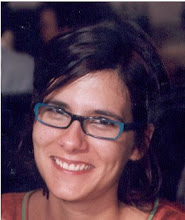"In its processual character, Hegedüs´concept reconstructs the evolutionary history of the collection, which have beginnings in the private curiosity galleries and “ wunderkammers ” of kings and rulers. However, modern industrial societies first perfected the conservation of objects for the purpose of public display, and at the same time conferred cult status upon the object. Hegedüs combines these aspects of a development over the centuries with the present form of digital databasing that has removed spatio-geographical restrictions on access and offers flexible user interfaces enabling the public to appropriate cultural values through new channels.
This partiality to objects was what brought more than 250 responses to the artist´s invitation. Using a Polaroid camera to document contributors and objects, and a tape recorder for their stories and comments, she imposed no restrictions on the choice of personal favorites.
Her concern was to warehouse the portraits of people and objects in the most neutral possible way, so that every image and statement is equally valid. "(continua)
in Future Cinema: The Cinematic Imaginary after Film, edited by Jeffrey Shaw and Peter Weibel; The MIT Press, Cambridge, Massachusetts, 2003.
Querido, mudei a casa!
Há 16 anos

Sem comentários:
Enviar um comentário